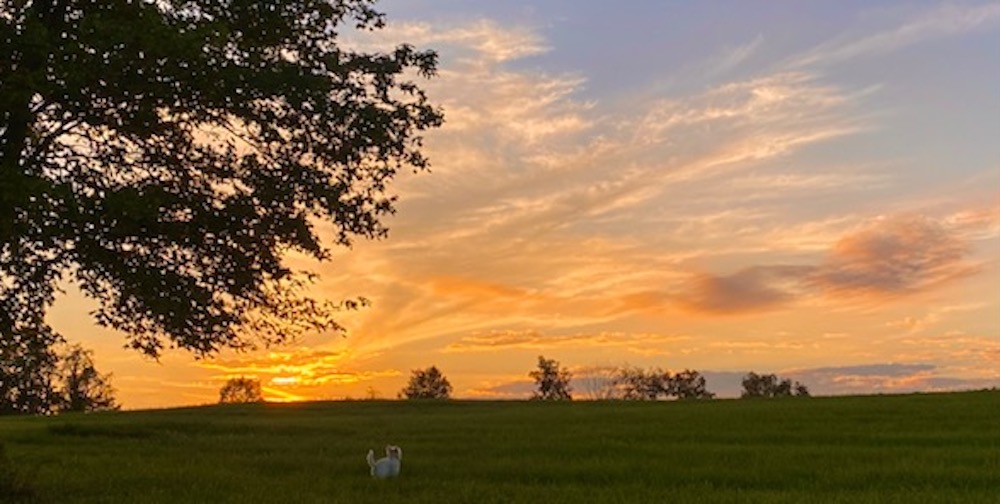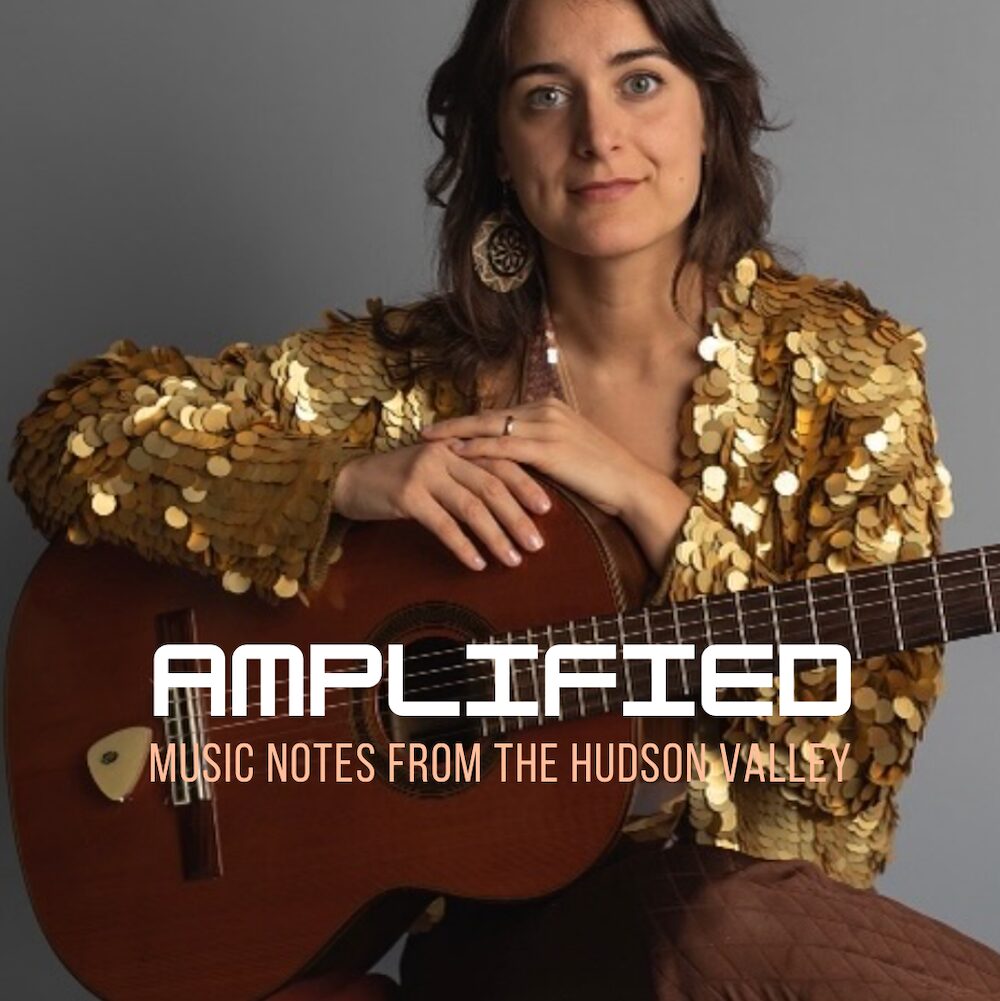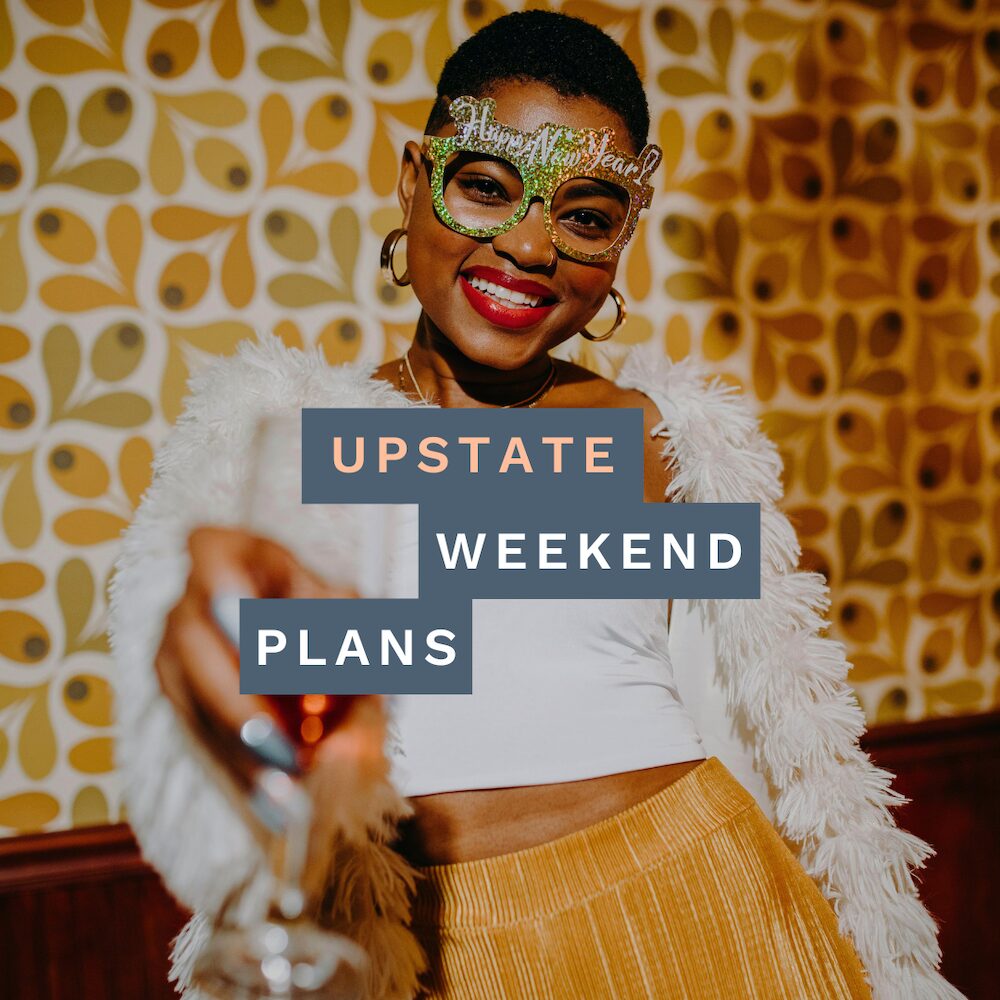
Gimme the Dirt…On the Romance of Farming
Recently a TV show caught my eye. The Farmer Wants a Wife is agriculture’s answer to The Bachelor, and I’m watching closely to see what happens with the four hot young farmers and ranchers who frankly look like they’d have no trouble on the open market. The “catch” to these affable, good-looking young men is that they are farmers: men who work a job that is in parts dirtiest, most physically demanding, and most heartbreaking. It requires being on duty 24/7 and involves no vacations or sick time. In the trailer for the show, one of the guys said, “I’m not looking for another ranch hand, I’ve already got those. I’m looking for a partner.” I rolled my eyes and said aloud to the TV, “Hah!” He was so cute and earnest that it would be easy to overlook the falsehood while gazing into his baby blues.
I know all about what it’s like to date a farmer, and ultimately marry one… because I did. Date night was a sunset ride on the fender of a John Deere on the way to a field of hay that needed raking or standing on the platform of a hay wagon at 10:00 pm throwing bales onto the elevator where my date waited to stack them in the haymow. I chose to marry my farmer, but I also knew I was marrying a lifestyle, and not always the simplest one.

Photo by Rebecca Collins Brooks
Thank goodness for understanding friends. “Is it me, or does this sound pretentious?” My mobile phone was lighting up during evening chores one night, and the only reason I saw the text come in was this: I was in the middle of making a video of some of our calves frolicking in their pen. Instagram loves that kind of stuff. The friend texting me is one of the most posh people I know. Her words grabbed me because she’s usually far too polite to criticize anyone out loud. I couldn’t help but wipe my filthy hands on my equally filthy pants and read what she’d sent. It was an article from a national publication, talking about a Brooklyn-ite couple who’d purchased a large parcel of land somewhere in the northern Catskills, with the intent to turn some of the land into a working farm. A five-acre farm, to be specific. Included in this plan are many multi-million-dollar homes surrounding the farm, with each homeowner to be supplied with fresh milk, eggs, and vegetables directly from this land. Our friend continued in her text, “I think they have romantic notions about what living on a farm is like…” I was still standing inside the barn with 6 dairy cows, their progeny frisking around the pen, my hair in a bedraggled bun, and an old college sweatshirt that I am relatively certain would not land me on the cover of my alumni magazine. As I finished reading the article, my favorite cow, Brie, delicately pooped in the gutter – it’s critical to note that she has amazing aim -, then looked at me and burped with a clump of saliva-drenched hay hanging out of her mouth. I almost guarantee you those living in multi-million-dollar houses wanting to watch that are in the minority. I can promise you they don’t want to smell it. Or wear it on their clothes. Or in their hair.

Photo by Rebecca Collins Brooks
The romance of farming has long been documented by creatives the world over. The newish film Pride and Prejudice is a cinematic ode to the way it used to be. Keira Knightley can be found wandering the lush English hills, long skirts spotted with mud in an artful way. One of my favorite old-world paintings is The Hay Wain by John Constable, a captivating scene of a horse-drawn wooden wagon piled high with loose hay, surrounded by the Surrey countryside. The sky is what enchants me: white puffy clouds scud across a deep blue expanse, and I can tell you that the very sky is a sight we depend on during hay season. Even ancient Egyptian tomb paintings detail with brightly colored perfection the agricultural lives of the Nile River delta. Literature drips with tales from the farm, from the children’s classic The Big Red Barn to Steinbeck’s The Grapes of Wrath. Even classical music has a way of evoking feelings of the country. Try listening to Ralph Vaughan Williams or Aaron Copeland and tell me you can’t hear a farm at work in their phrasing. I’ll put a plug in for Vaughan Williams’ Oboe Concerto, which reminds me of hay season, with hawks swooping into the fresh-cut fields for mice and walking down to the barn after fieldwork to begin chores.
This is the romance of farming. These are evocative works of art that stir the senses of non-farmers who think about farming. Living it is a whole lot different than imagining it; those scenes are only a piece of our farming life.

The Hay Wain by John Constable
We grow hay on our home farm and draw more hay from a few other parcels in our neighborhood. We harvest the hay, feed it to our cows who digest and expel it, we spread their manure back on the fields, and the hay grows back dark green and nutritious. We never take more from the land than we are able to put back. We need every single acre to grow enough hay to feed our 50 cows, because cows eat a huge quantity of hay, and they’re still eating through the winter months when the fields are buried under snow, and in the early spring before it grows tall enough to graze. Purchasing hay would be cost-prohibitive and would increase the price of the food we grow, likely making it out of reach for most of our customers. It would also give us less control over the quality of the food we give our cows; their food quality directly impacts the milk, meat, and cheese they give back to us. The little 5-acre parcel described in the article I mentioned earlier is not enough land for milk cows. It would certainly be enough for growing vegetables, but if those weekend warriors want fresh milk, they should just head down the road to a dairy and purchase it there. Chickens are efficient when it comes to land use and egg production, but I wonder if any of the potential homeowners in this planned community have ever smelled chicken manure. I truly adore caring for the animals on our farm, but my least favorite task is cleaning the chicken coop. Their manure is extremely high in nitrogen, and it’s wonderful for the soil, so that is the one thing I remind myself while gagging and pitching the horrid stuff into the wheelbarrow.

Photo by Rebecca Collins Brooks
Feeding our cows is a constant source of thought on top of the seemingly endless physical labor. We make huge round bales we wrap, and they ferment and become even more nutritious than when the hay was baled. We also make smaller square bales we store in our hay mow. These bales are labor-intensive, and without farmhands, this labor is basically us. Until not long ago, we both worked off the farm. It’s hard to explain to people just how it feels after a long day of work to pull into the driveway on a glorious summer evening to see four hay wagons piled high with bales, waiting to be unloaded into the oven-like barn. The dread is equaled only by the anticipation of the sense of satisfaction we feel when peering into the barn filled with neatly stacked bales. After a quick clothing change, I make two half-gallon Mason jars filled with lemonade and ice and carry them to the barn. My job is to unload the wagons onto the hay elevator, which carries the bales up into the mow, where my husband awaits. The only way I know he is able to maneuver the way he does up there is due to a lifetime of practice. He nimbly stacks the bales, weighing around 50 pounds each, into one gigantic stack, packed tight together, on which the next layer will be placed. Out on the wagon, all 5”1’ of me is frantically trying to keep up. I usually don’t, but Mr. Romance is certainly entertained watching me try! The lemonade is always finished by the time the job is done, and usually, we’ve sweated it out, too. The sweat becomes a nice sticky place for all the chaff from the hay to land, making the walk back to the house an itchy affair.

Photo by Rebecca Collins Brooks
Hay, manure, and animal care – these are three of a multitude of tasks on our farm. There’s nothing romantic about them, or the rest of the jobs that greet us in the wee hours of every morning. All the films, paintings, books, and music don’t capture the realities.
The farming we know holds beauty and romance, just not the kind most people think. The hay fields up on our hill, with views of the Catskills and Shawangunks, and fresh air and solitude, are the office where we work.
The farm is where we walk to clear our heads or take our dogs for a run. It’s where we see some truly beautiful wildlife – eagles and hawks soaring on an updraft, deer nursing their fawns, bears rolling rocks around like toy balls, leaves the color of the sunset and dawn, a vixen trotting along with a rabbit in her mouth as she heads toward her den under the old stump of a fallen oak tree. Our favorite field was also the setting for our wedding.
The romance is real, but the work of farming is anything but.

I’ll be watching that bachelor-farmer show to see what happens. I’ve been with my farmer long enough to almost consider myself a farmer in my own right. Almost. If I could offer a thought to the women competing on the show, I’d say this: put away the makeup, the hair products, the sassy boots. Get yourself a solid pair of sweats, a hair scrunchy, and muck boots. Learn how to toss bales of hay, make strong coffee and lemonade out of lemons, and figure out how to find joy in being covered in filth. And those people who will buy the fancy houses surrounding that little “farm” in the northern Catskills? The article I read described them as those “who like their nature curated.” Someone we know had a quick comeback when I shared the story with him: “If they like their nature curated, they should head to a botanical garden.” Once I was done laughing, I realized the truth in his statement.
No matter the ways agriculture has been romanticized by artists the world over, you just can’t curate manure.
+ + +
Rebecca Collins Brooks is a writer and farmstead cheesemaker on Hilltop Farm in Accord, NY. She is the creator and founder of The Meeting of the Milkmaids, a gathering of women working in the cheese and dairy industry. In addition to a small herd of dairy cows, she and her husband Barton raise Wagyu beef, selling meat to customers directly off the farm. Her best friends are two terriers, Winston and Molly; and Sylvie, a truly brilliant barn cat. You can visit the farm by appointment to see where truly good food is grown.
Connect with Rebecca via Instagram @catskillwagyu, on Facebook CatskillWagyu
And check out > INSIDE+OUT Spotlight on Catskill Wagyu at Hilltop Farm
Write a Comment
You must be logged in to post a comment.








